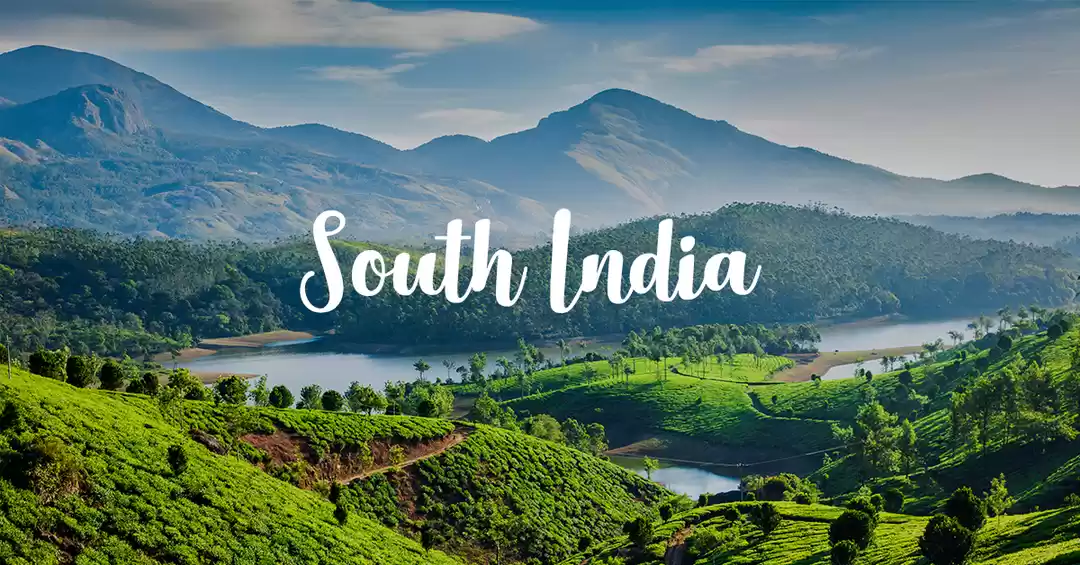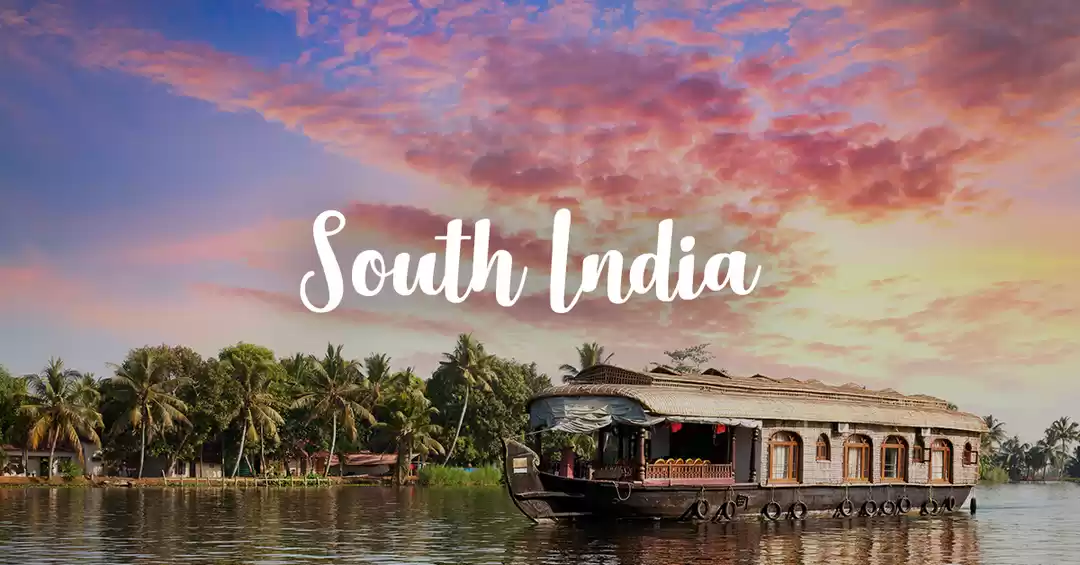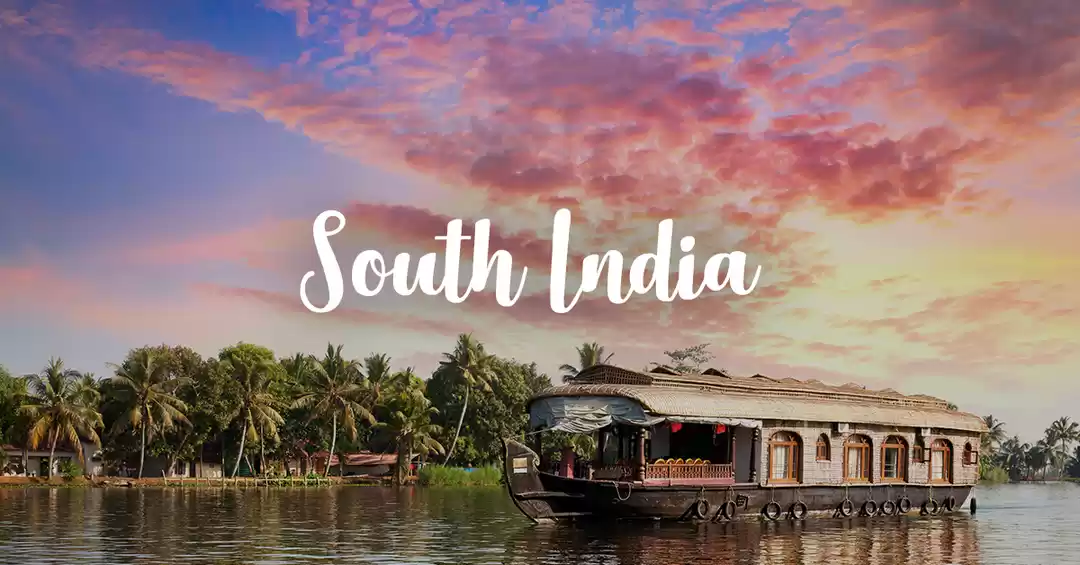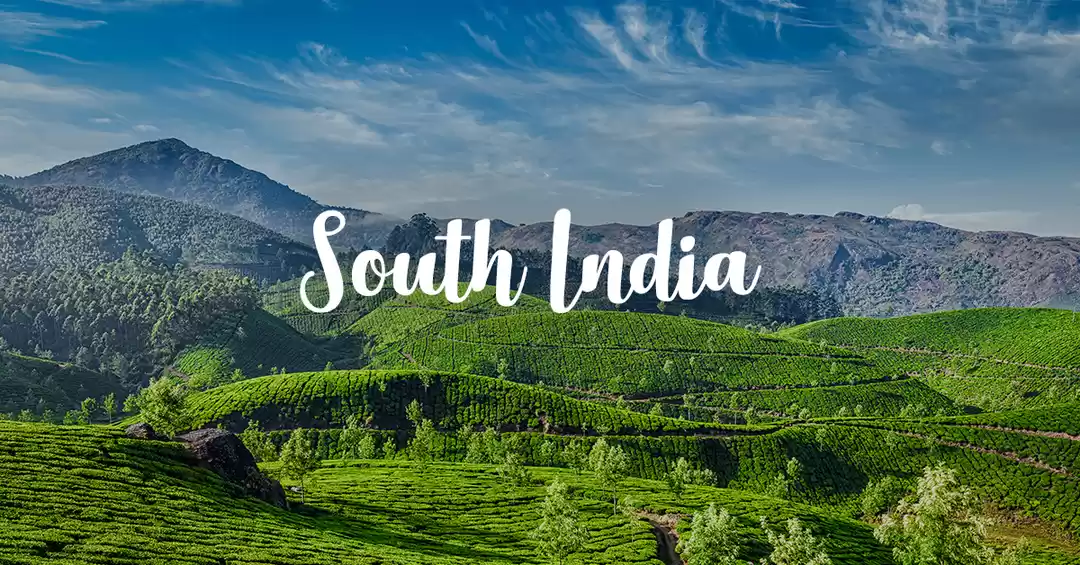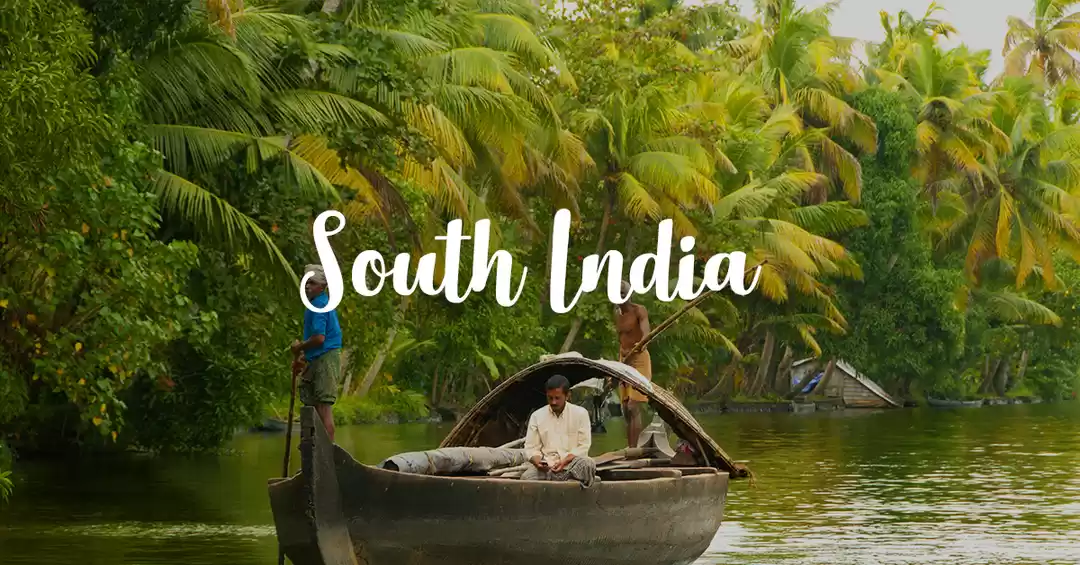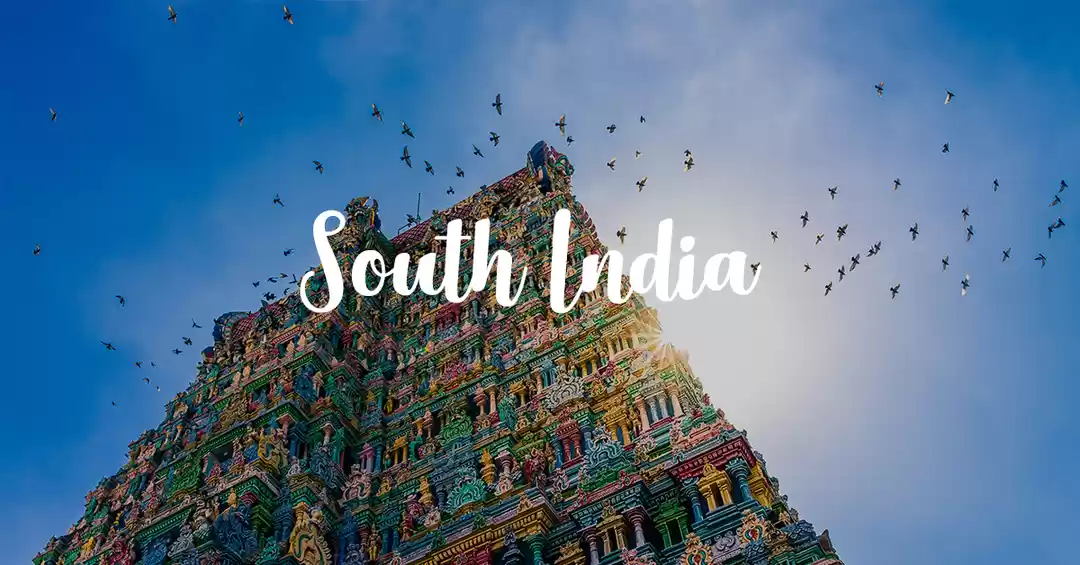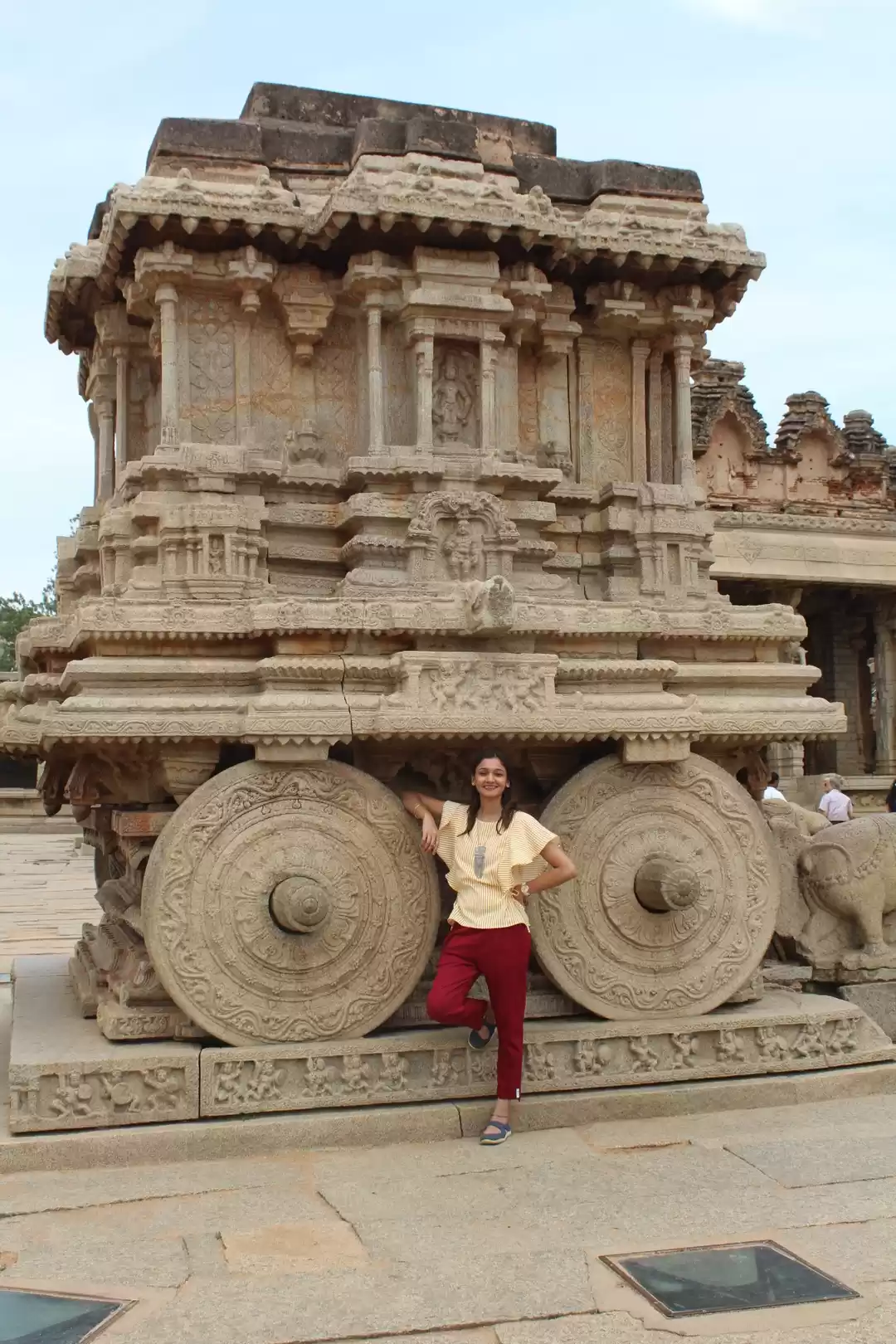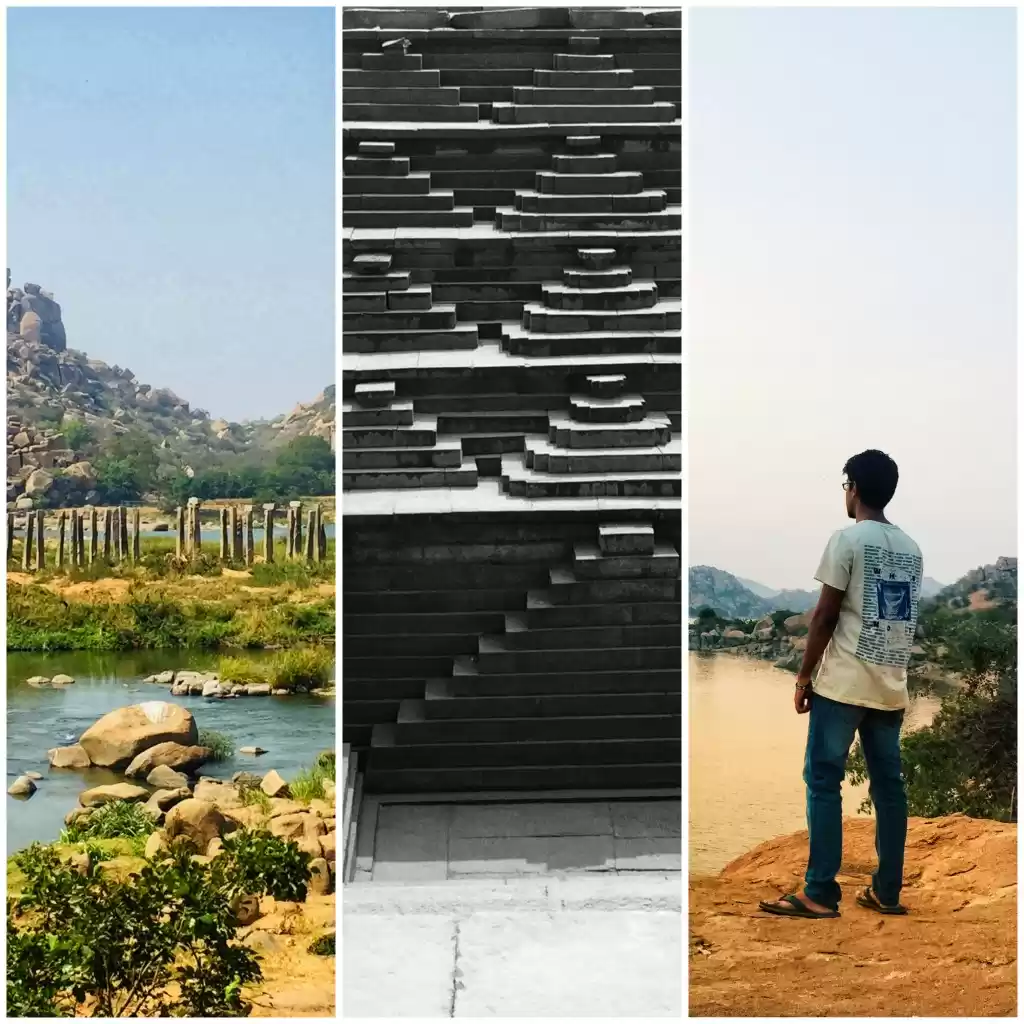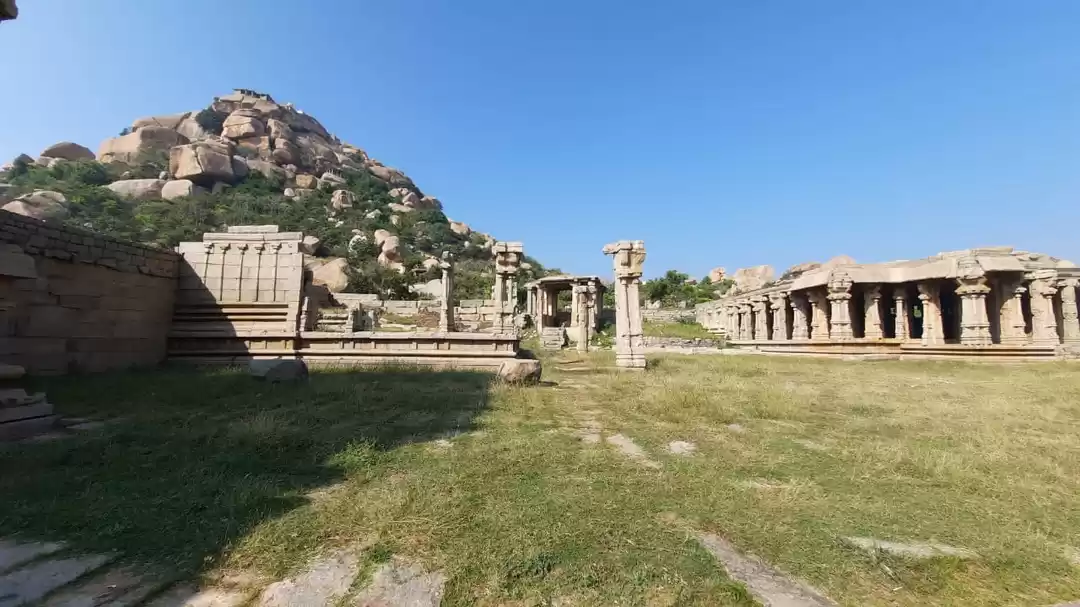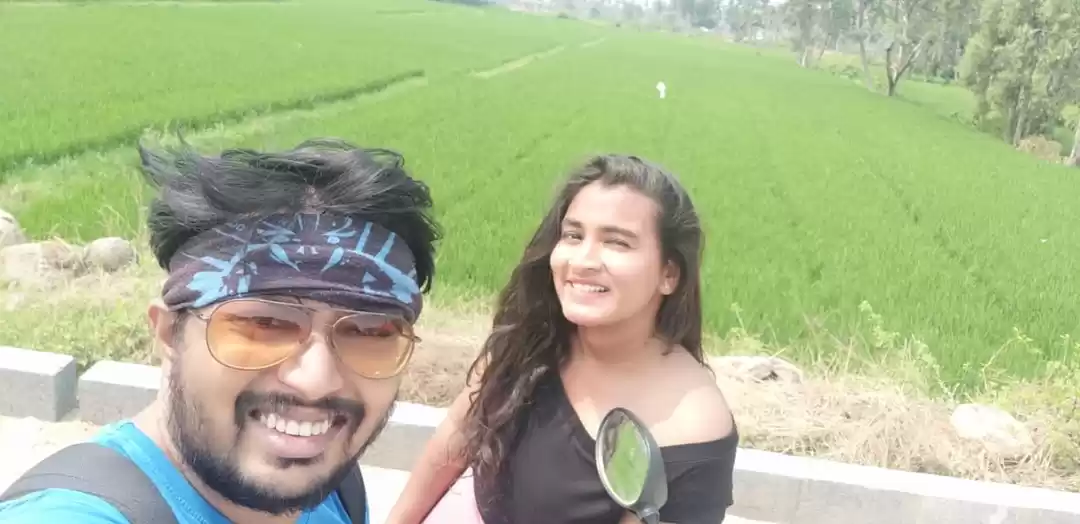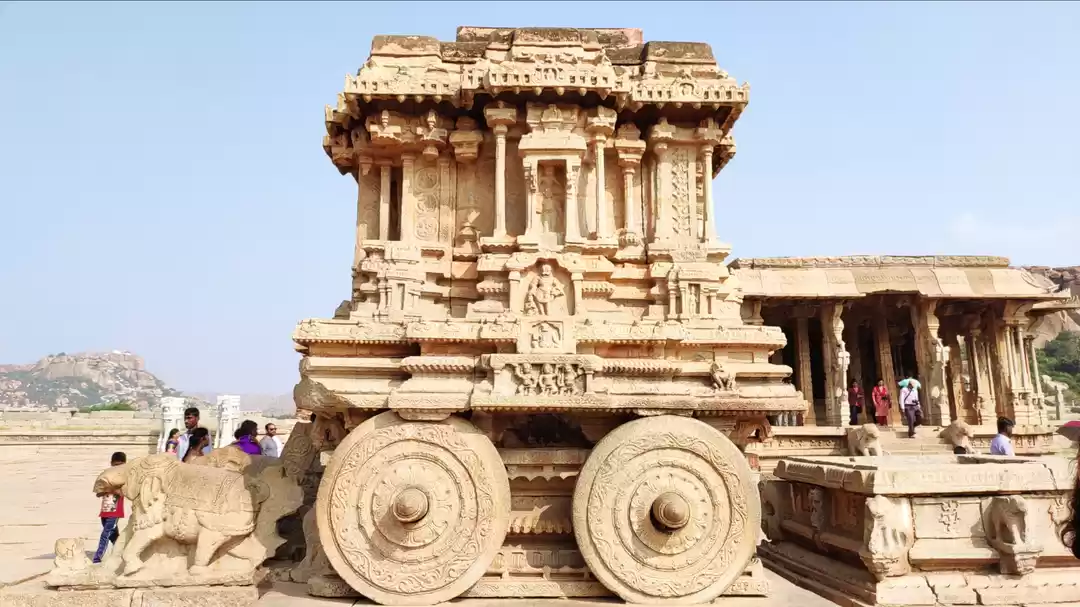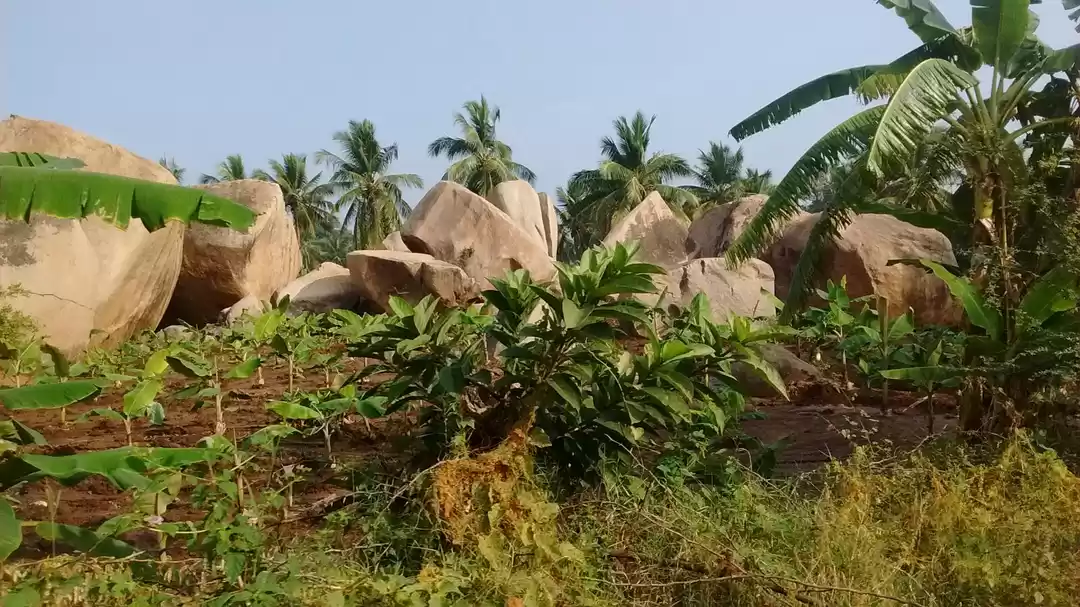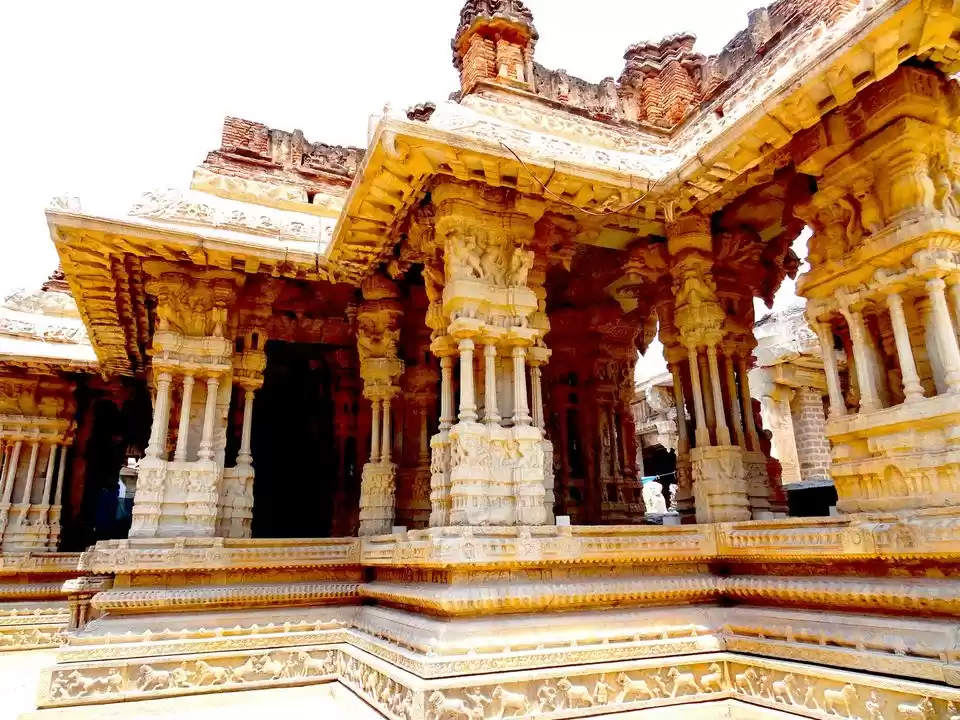
19/12/2018
About 13 months ago, I made a statement in front of Aai that, ‘No matter what happens, I will go to Hampi’, while watching the Marathi movie Hampi of course. I was so mesmerized by the sheer picturization of Hampi in the movie, that I seemed to have created some bond with the place even before visiting it. Hence, I knew I had to go here.
What I didn’t know before visiting Hampi was how much I had fallen in love with the vastness and simplicity of the city. And today upon reaching this paradise I fell in love with it all over again. The people of Hampi are such cheerful and friendly souls living a simple life following the motto of “Atithi devo bhava”. What I could observe right from the bus terminus at Hospete in the bus that was going to Hampi was that, the driver and the conductor both spoke with every single passenger as they got down from the bus at their respective stops. Although I did not understand Kannada, I knew that those were pleasant conversations as both the passengers as well as the driver and the conductor had broad smiles on their faces as the passenger got down from the bus. After most of the passengers had gotten down, the conductor turned to me for a conversation. He understood I was a traveler looking at my bag, and since I had no company, he also understood that I was alone. Me being me, I became extremely cautious of the answers I was to give to the conductor as he tried to talk to me in broken Hindi and English. And without giving away any extra information, I gave him one-word answers to whatever he asked. “Was I alone?”, “Have I booked a room?” etc. By the end of the ride, as we reached the heart of Old Hampi, these two very helpful souls led me to my tour guide, Nagaraja Anna, who also took me to my home for the few days I was to be in Hampi. A short ride and we were at Venu Akka’s Homestay.
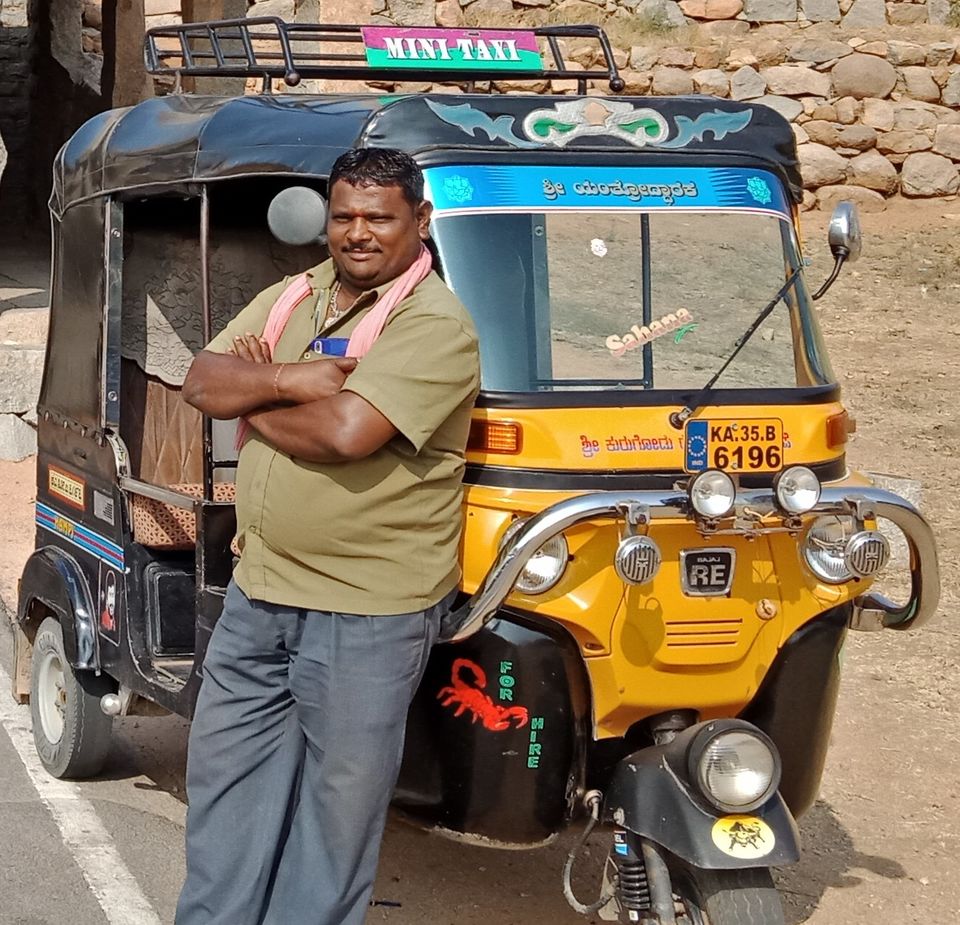
As there was still time for the sun to set, I left the room to roam about in the Old city. Venu Akka’s Homestay was very close to the Tungabhadra river; hence my first choice was to visit the ghaats of Tungabhadra and they could not have been more serene. The water flowing placidly and the breeze humming. It was indeed relaxing after a 6-hour long bus travel from Hubli to Koppal to Hampi via Hospete.

Leaving the ghaats to roam in the city I went around the Virupaksha Temple and onto the Hemkuta Hills to its West. I hadn’t even climbed the entire hill, when I saw this huge rectangular block of carved out of rock and made it my aasan for the next hour. The beauty of nature and the centuries old architecture made it all feel surreal. The colored sky behind the Kalash of the Virupaksha temple. The construction on the Hemkuta hills were silhouetted with the backdrop of the setting sun. To add the most pleasing dramatic effect to the surreal sunset was the classical folk music that was being played in the Virupaksha Temple. On one of the sides was the monolithic sculpture called the “Kadalekalu Ganpati” which was 18 ft tall.

20/12/2018
My first Day out in Hampi. Day Began at 5:15am and yet I woke up to energy that I hadn’t experienced in a very long time. As decided, Anna dropped me at the foothills of the Matunga Hill. I have always wanted to trek on an unknown mountain under the starry sky with no other human around. Yes! I know how dangerous it could be, but the thrill of it was a lot more compelling than the dangers of it. After showing me the way upwards toward the mountain Anna left. There I was, at the foothill of an unknown mountain, in an unknown terrain, under the starry sky. I took a deep breath and began my climb with just the phone flashlight and floaters on my feet! (Could I be more careless?!). As I marched upwards all I could hear were the night bugs, some slithering sounds in the nearby bushes, and nothing but silence. But as the terrain was very rocky the risk of creatures creeping up with a surprise was much less, I kept on going upwards. As I reached halfway, a human came up from behind me, a local, he seemed friendly. But the over cautious person that I am, I did not bother talking to him much and kept on with my stride. As he went on talking about, he mentioned that he was the priest of the temple on the mountain. That piece of information relaxed me a little. On reaching a certain patch of the mountain he said, “Don’t look down and just keep walking straight within the bounds of the white line that is marked on the boulder”. But my curious mind did not listen, and I used the flashlight to look down. I saw nothing. In the next few minutes we reached the summit. The priest went on with his daily rituals, while I went on the roof of the temple to watch the sunrise. Oh, what peaceful 90 minutes they were! All I could hear was the wind whistling and birds chirping. How I wished to spend my entire life in such tranquility.

As I began climbing downwards, I remembered the words of the priest “Don’t look down and just keep walking straight with the bounds of the white line that is marked on the boulder” and understood why he said that. One wrong step and you could lose your life or a limb, if you are lucky enough to survive. But yes, I do not plan on making any promises of not doing something like that again. 😉
After freshening up, Anna took me to this small Breakfast place, looked a lot like a tapri, but what delicious food. (and surprisingly cheap). Our next stop was the Hanuman Temple (575 stairs). No! I do not like climbing stairs, make me trek as much as you like, but no stairs, please. Obviously, I had no choice, so I climbed them all, happy to know it was worth it. I also happened to meet a few of my schoolmates on the way. Not humans, but Monkeys who always ate my lunch. The most interesting part of the Hanuman temple was, there was a 25 kg Stone kept floating in an Aquarium. It was one of the many stones that was used to build the bridge to Sri Lanka during the Ramayana. I had always believed the myth, but to actually see the stone floating was mind-blowing. This floating rock is in fact a scientific phenomenon known as the Pumice Rock.

As the Hanuman Festival was nearing in the next two days a lot of devotees were busy in the preparations, bringing all the necessary stuff by climbing the 575 stairs, chanting “Jai Shri Ram” all the up. It’s surprising how much these devotees can do just in the name of God. What gives them the strength is what always makes me wonder.
Next stop was the Durga Temple. Lesser stairs and lots of trailing. The Durga Temple was basically a hill with many tiny temples of other Gods and Goddesses spread across the mountain. While on the route to going to see the Snake house, the route was so amazing, I felt as if I was on the sets of ‘Sholay’. Rocks and boulders, dry weather, hardly any people around. The Snake House was a wonder in itself. To reach the snake house one had to literally crawl from in between the dark niches of the huge rock boulders, and then there it was; no snake, just the house.
On our way back to Old Hampi, Anna showed me the small village of “Anegundi”. The only attraction there was a chariot and a temple.

That evening, places that were closer to Old Hampi were visited, the Krishna Temple, the ancient ruins of the Krishna Bazaar and the Pushkarni. The architecture of the “Krishna temple” was just as intricate as every other major temple in Hampi. It was strange how that temple had only a handful visitors. The “Krishna Bazaar” was one of the then marketplaces. The “Pushkarni” was an artificially constructed lake.


Then came the “Ugra Narsimha”. Although it was supposed to be Lakshmi Narsimha, the damage that was caused to the idol made it look angry and hence the name Ugra Narsimha. Near the Ugra Narsimha was another small temple, the Badavi Linga. Inside the temple is huge a Shiva Linga. And the temple had no roof.


On the backside on the Hemakuta Hills, is the Sasivekalu Ganpati, a 12 ft high Monolithic Statue. From there I started walking towards to the sunset point. People sat there with their friends and family. Ofcourse there were couples too. As I found a spot to sit and enjoy the sunset, I had company. Again, not humans, but monkeys 😊. Nevertheless, I enjoyed watching the sunset with my odd companion.S

21/12/2018
The next day began with a visit to the “Pataleshwar Temple”. No one around, except for the gardeners who were tending to the plants in the garden in front of the Pataleshwar temple. One of the most interesting facts about the temples of Hampi is that most of the temples do not have Idols.

The Dandanayaka Fort’s basement is considered to have been a minting palace. And here I walked around the area, in the ruins, with not a single soul around.

Nearby was the “Mahanavami Dibba”, a large podium which is 20 ft high and 80 ft wide, built by Krishna Devaraya as a mark of his victory over Orissa. The podium consists of carvings like those in the Hajara Rama Temple. Figures of hunters and scenes from the Purana as also found here. By the side of the dibba is an underground chamber used by the kings to hold secret discussions.
Near the dibba is the famous Step Well, “Kalyani Pushkarni”. 300 ft long and 150 ft wide. The stones carved in this well are to this date in good condition. It is said that the stones were carved elsewhere and brought to construct the well, thus blowing the mind with architectural skills of the time.

The “Hajara Rama Temple” had carvings all over the walls of the temple, depicting the Ramayana. Not just that but also figures of Yoga postures, Hindu Gods and Goddesses, Dashavatars. In all there are 48 different series of carvings.


From there I visited the “Lotus mahal”, a fusion of Indian and Mughal Architecture. It was built from a paste made of lime and sand.

Behind the Lotus Mahal is the “Elephant Stable”, where the royal elephants sheltered. To go from one shed to another there are small doors. The entrance of each shed being an arch shape. Walls plastered with lime-sand paste and at the top of each shed a sphere shaped Gumbaj.

Nearby was the archeological museum which had the most intricately carved miniature models of the kalash of the Vitthal and the Virupaksha Temples. And, some monolithic idols found during excavations.



Next stop was the “Vishnu Temple”. The Vishnu temple had a long hall with numerous pillars. The pillars were carved in a manner that when were tapped the produced a humming sound which was very peaceful to hear. These pillars make sound even today when tapped.

Then came the world famous “Vitthal Temple”. It felt like all the people who have come to visit Hampi have only decided to visit this one temple. It felt so crowded as compared to all other places in Hampi. But why wouldn’t it be? It is indeed a spectacular piece of architecture. The Vitthal temple too has no idol and has an interesting story behind it. The story tells us that the idol of Vitthal was in fact moved from Hampi to Pandharpur to save it from getting destroyed.
As I kept walking around Hampi, exploring every little temple it had and its beautiful architecture, I realized that if one likes to walk, one should visit Hampi.
22/12/2018
Today I decided to checkout the nearby places in Old Hampi. On the way was the “Monolithic Bull”, a huge “Nandi” carved in a single black rock. Further ahead, was the “Achyutraya Temple”, a Dravidian style architecture. There are twin pillars in the temple carved from a single rock. The pillars that support the temple doors are on the base which comprises of micro carvings relating to the Dashavatars. Then I visited the “Virupaksha Temple”. As this temple is in the very heart of Old Hampi, the locals have a lot of gatherings here.
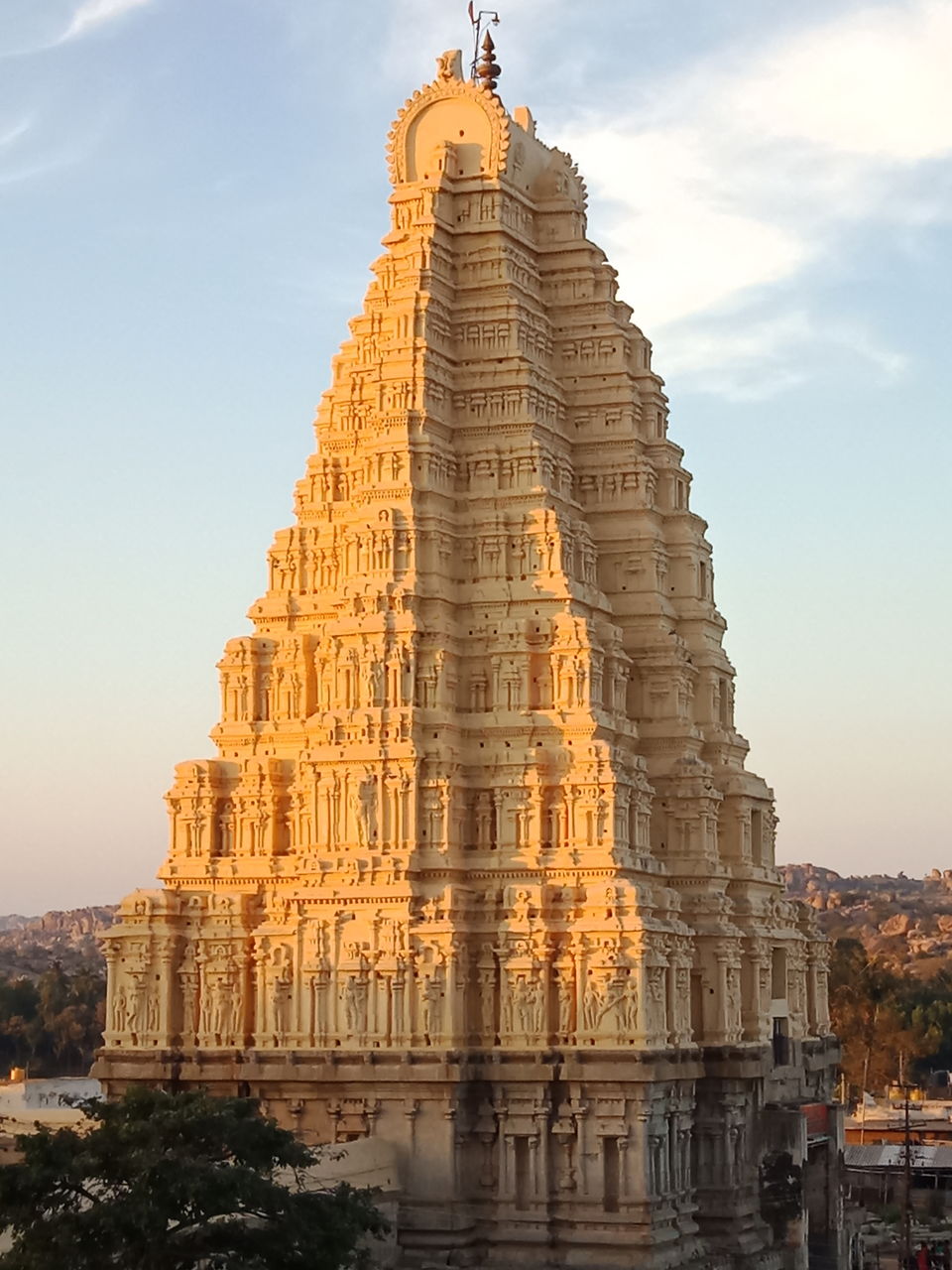
23/12/2018
I was done visiting all the places in Hampi as Anna told me and since I had about 2 more days in hand, I decided to revisit the places I loved the most. Matunga Hill and Hemkuta Hill.
I started to climb the Matunga Hill in the twinkling light, only it wasn’t the starry twinkling but the scorching sun at 11:30 am. And I couldn’t care less! I went on climbing. And upon reaching the temple this time I decided to sit there for a while a meditate.
On my way down I sat in a stone construction trying to write this journal. After another hour or so I was on my way to old Hampi to buy souvenirs for my dear friends. I got them these beautifully handcrafted candle stands out of granite.
The next day on my way back to Pune, I met the very same conductor who seemed to have recognized me and smiled back at him reassuringly and thanked him for his help. As the bus moved out of Hampi, I promised myself to visit this place again and to visit every place I want to.
This first Solo trip gave me a sense of achievement and fearlessness.
To many more Solo Trips!
Thank you!



